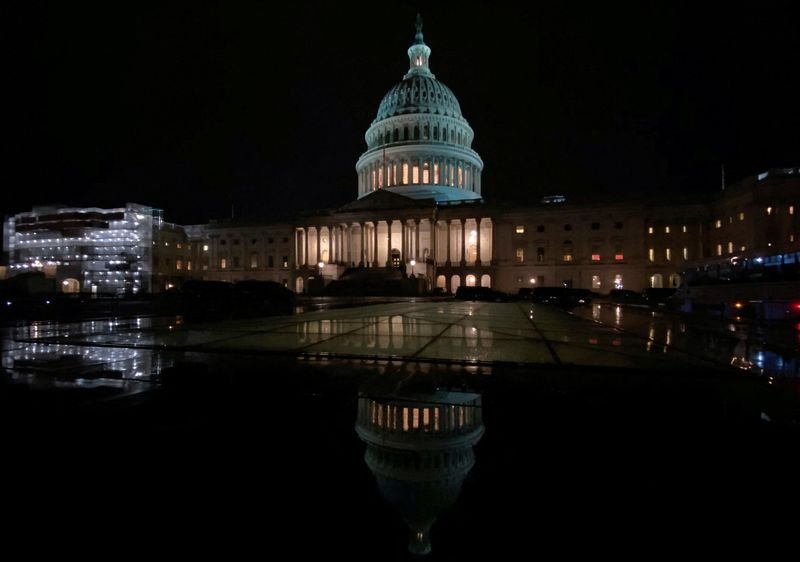Washington, D.C. Faces Security Funding Cuts Amid Rising Crime Concerns
Amid ongoing discussions regarding crime rates in the U.S. capital, Washington, D.C. is facing proposed cuts to its security funding amounting to $20 million. This comes even as former President Trump has vocalized concerns about escalating crime levels in the area. These financial adjustments pose significant implications for the district, which has been grappling with a surge in criminal activities.
Impacts of the Proposed Funding Cuts
Law enforcement agencies in D.C. are already under pressure due to rising crime statistics. The proposed cuts could hinder their ability to implement effective strategies for managing public safety and keeping neighborhoods safe. Reductions in funding may lead to fewer officers on the streets, diminished community outreach programs, and curtailed resources needed for advanced crime prevention technologies.
Community Concerns Over Crime Rates
Residents are increasingly worried about the urban safety crisis as crime rates show double-digit percentage increases in various categories, including violent offenses. The perception of safety is crucial for community well-being and local businesses. Without adequate security measures, local businesses may struggle to attract customers, further exacerbating the economic challenges faced by the district.
Political Ramifications and Public Safety Initiatives
The funding cut proposal has sparked a heated debate among policymakers, especially in light of the rising concerns over crime. Many believe that an increase in security funding is essential for restoring public confidence and ensuring safety. Advocates for public safety argue that investment in law enforcement not only benefits immediate safety but also supports long-term community health and economic stability.
Political figures are calling for more comprehensive solutions, such as enhanced community policing initiatives and investments in youth programs, which could address the root causes of crime rather than just its symptoms. These measures could foster a more collaborative relationship between law enforcement and the communities they serve.
The Role of Technology in Crime Prevention
With diminishing funding, the need for innovative technological solutions is more crucial than ever. Smart policing efforts, including enhanced surveillance systems and crime analytics software, could help law enforcement agencies detect patterns and allocate their resources more efficiently. However, the implementation of such technologies often requires significant investment.
The Importance of Engaging the Community
Community engagement plays a vital role in shaping effective crime prevention strategies. Initiatives that involve local residents in discussions about safety issues can lead to more tailored and effective solutions. Building trust between law enforcement and community members can result in better cooperation, leading to improved reporting of criminal activities and increased vigilance.
The Economic Dimensions of Crime and Security Funding
The economic implications of crime extend beyond immediate safety concerns. Higher crime rates can deter investment and tourism, which are essential for D.C.’s economic growth. Business owners face increased insurance costs and may need to implement their own security measures, further straining local economies. Therefore, the projected funding cuts could have a cascading effect on the overall financial health of the district.
Future Perspectives on Security in Washington, D.C.
As discussions continue regarding the budget and security funding in D.C., it remains crucial for lawmakers to consider the longer-term effects of their decisions on community safety. Rising crime presents an urgent challenge that requires immediate and sustainable responses.
Stakeholders, including community organizations, business leaders, and residents, must collaborate to ensure that voices are heard in budget discussions. The conversation surrounding public safety must evolve into one that prioritizes both law enforcement and community well-being, aligning resources in a manner that genuinely addresses the complexities of urban crime.
Conclusion: A Call for Comprehensive Solutions
As Washington, D.C. navigates this critical moment regarding its crime and safety funding, it is imperative that discussions are informed by a balanced view of community needs and public safety requirements. The city must prioritize comprehensive solutions that address the underlying issues contributing to crime while ensuring that law enforcement has the resources necessary to protect and serve.
Effective strategies will not only require adequate funding but also an alliance between police and community members, focusing on prevention through collaboration, thereby forging a safer environment for all residents in the nation’s capital.
